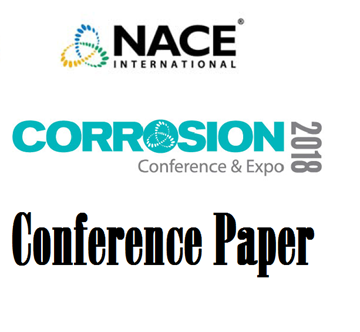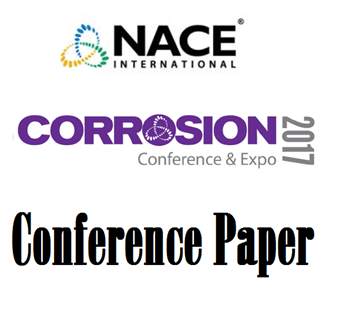Search
Anticorrosive Zn Free Pigments: Their Performance
Also Purchased
51318-11270- DC Transit Stray Current Corrosion Control: Everyone Wins When You Work Together
Product Number:
51318-11270-SG
Publication Date:
2018
$20.00
Combined Cathodic and Anodic Interference in Pipeline - An Analysis
Product Number:
51317--9004-SG
ISBN:
9004 2017 CP
Publication Date:
2017
$20.00
Challenges in Mitigating AC Interference in Remote Areas
Product Number:
51317--9090-SG
ISBN:
9090 2017 CP
Publication Date:
2017
$20.00
Recently viewed




